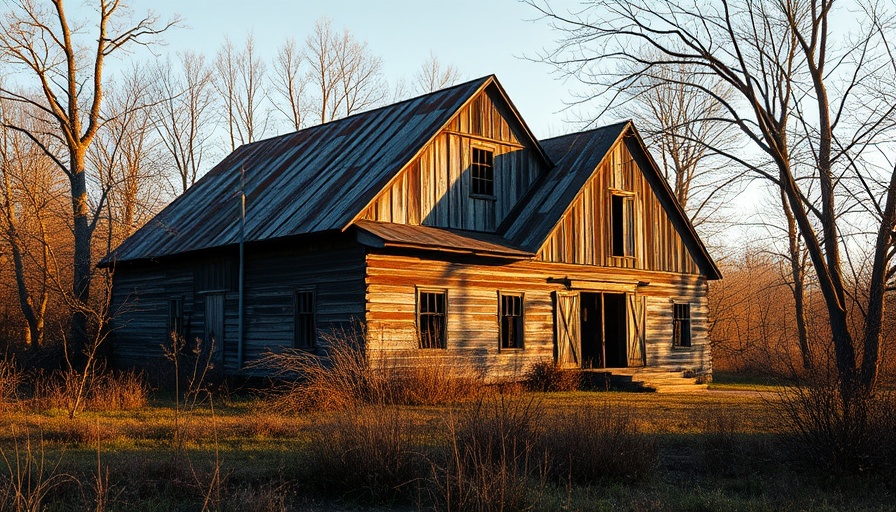
Seaside State Park: A Brief Overview
Seaside State Park, situated in Waterford, Connecticut, is a compelling location rich in history and unique architecture. Established in 2014, it was formerly the site of the Seaside Sanatorium, which played a pivotal role throughout the 20th century as a tuberculosis treatment center. The park now invites visitors to explore its coastal beauty coupled with its intriguing past.
A Historical Landmark
Originally, the Seaside Sanatorium was hailed for its innovative heliotropic treatment, which sought to harness the healing properties of sunlight and fresh ocean air for children suffering from tuberculosis. Established in 1934 by the Connecticut state government, the facility provided a welcoming environment for around 195 children. It included amenities such as a school, dormitories, and recreational areas, where children engaged in sports and music, all aimed at improving their quality of life during long stays that typically lasted six months to a year.
Despite its noble mission, the sanatorium ceased operations in 1958 due to advancements in medical treatments like antibiotics, which drastically changed the landscape of tuberculosis care.
Architectural Marvels of the Past
Renowned architect Cass Gilbert, famous for designing several iconic structures including the Woolworth Building and the U.S. Supreme Court Building, was behind the design of the Sanatorium. His vision for the facility was to ensure it felt less like an institution and more like a home to its young patients, emphasizing aesthetic appeal alongside functionality.
However, decades of neglect have left many of Gilbert's architectural achievements in disrepair, with graffiti and deterioration marking their once-elegant presence. Preservationists have long advocated for the restoration of these buildings, but the estimated costs reach upwards of millions, often stalling initiatives.
Recreational Opportunities at Seaside State Park
Visitors to Seaside State Park will find various activities that highlight the park's natural beauty. With scenic walking paths, serene beaches (though swimming is prohibited), and shaded picnic areas, it provides a perfect escape for families and outdoor enthusiasts. Some areas are dedicated to fishing, providing opportunities for relaxation amid captivating coastal views.
This park also offers an insightful look into the architectural history of Connecticut, with opportunities to explore building remnants that narrate their storied past. While the park remains relatively small, its historical significance and scenic landscape merit a place on any travel itinerary in the region.
Connecting the Past to the Present
Seaside State Park stands as a testament to the evolution of healthcare and community support mechanisms for children in need. The establishment of such parks allows for community engagement while preserving historical landmarks that otherwise might have been lost to time.
Preservation and Future Prospects
The future of Seaside State Park hinges on the community's collective action towards preserving and rehabilitating its historic structures. Investing in the rehabilitation of these buildings not only honors the memory of those who once occupied them but also preserves Connecticut's cultural heritage.
While funding remains a significant barrier, efforts by local advocacy groups could potentially bring about restoration projects, fostering a renewed interest in the park's history and significance. Thus, those interested in history and architecture can play an important role in supporting these initiatives, whether through volunteering, funding, or spreading awareness.
Visit Seaside State Park
If you're seeking a blend of history, nature, and scenic beauty, Seaside State Park is a must-visit destination. It presents a unique opportunity to engage with Connecticut's heritage while enjoying a leisurely day outdoors. While the remnants of the old sanatorium stand as a reminder of the past, the park's natural landscape invites you to appreciate the beauty of the present.
 Add Row
Add Row  Add
Add 



Write A Comment